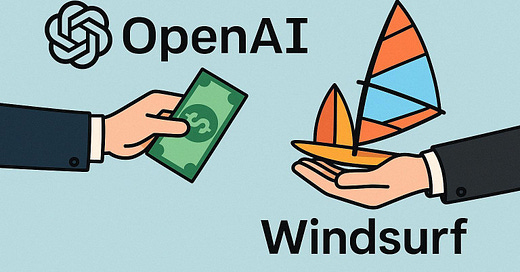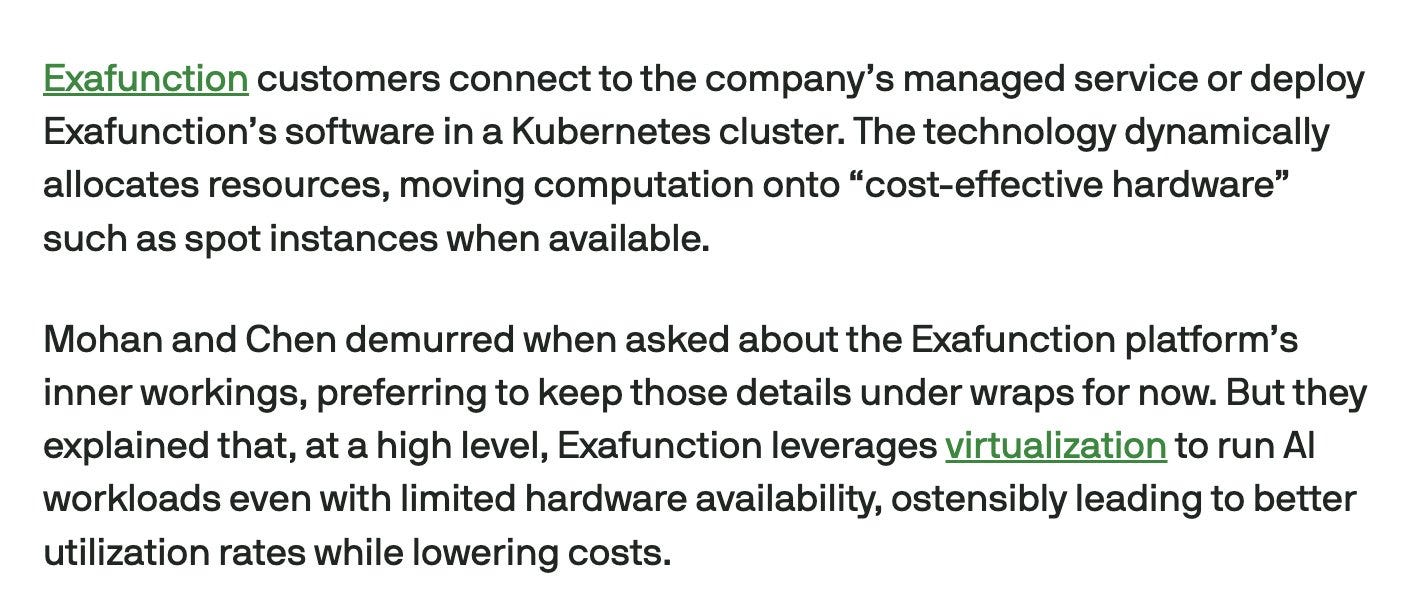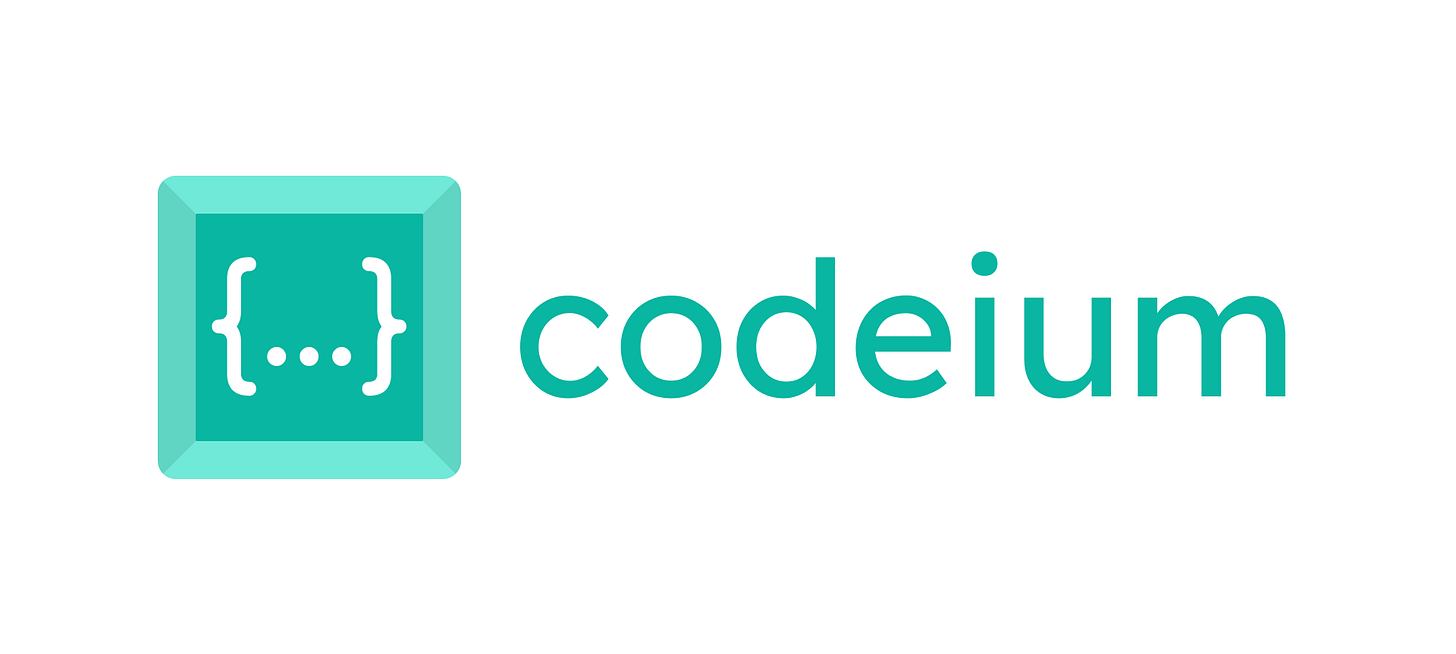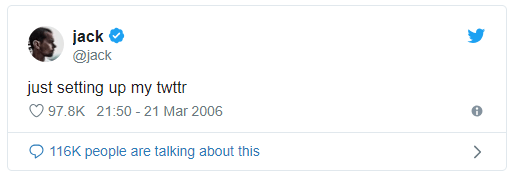Windsurf: The Art of the Pivot
A look at Windsurf, OpenAI's latest acquisition. As well as the company's journey from Kubernetes to Vibe Coding.
TLDR: OpenAI’s $3B Windsurf move reflects the company’s need to arm the developer ecosystem with superior AI coding capabilities and keep up in the AI Arms Race. However, long before the term “vibe coding” entered the lexicon, Windsurf was an under-the-radar Kubernetes startup known as Exafunction. How did the company pivot from being a no-name infrastructure startup to being OpenAI’s $3 billion exit to OpenAI in less than 5 years?
OpenAI has been busy lately
This morning, OpenAI announced the launch of Stargate UAE, the first international deployment of Stargate, OpenAI’s infrastructure platform, in a unique arrangement that could also include up to $20 billion in investments from the UAE-based investment vehicle G42.
Yesterday, OpenAI made headlines for paying $6.5 billion to buy Jony Ive’s AI device startup, io, in an all-stock deal. It’s by far OpenAI’s largest acquisition to date and comes just weeks after the company agreed to buy AI-assisted coding tool Windsurf for $3 billion. The steep price tag paid for Jony Ive’s startup has raised almost as many questions as the curious picture below that accompanied the announcement…
But let’s get back to Windsurf. The acquisition of Windsurf (aka Codeium), an AI-native coding platform, reflects OpenAI’s urgent need to make a big move. While OpenAI has largely served as the pacesetter in the AI Arms race in recent years, it now finds itself trying to defend its slipping market position while continuing to expand into new frontiers. In the market for AI coding tools, arguably the hottest and arguably most fiercely contested battleground, OpenAI has undoubtedly fallen behind its peers Claude and Gemini - and also was likely caught off guard by the popularity of Agentic coding startups such as Cursor, Replit and Windsurf.
The acquisition was Silicon Valley’s worst-kept secret for weeks before becoming official. And now, for the small price of $3 billion, OpenAI has its prize.
Introduction: What is Windsurf?
Windsurf, known as Codeium until April 2025, is an AI code assistant for developers.
At its core, Windsurf provides AI-powered code completion, refactoring, and search capabilities, enabling developers to write, review, and navigate code more efficiently. These tools ensure that development teams can work faster and smarter while maintaining control and precision in their workflows. Windsurf also integrates deeply into developer workflows while prioritizing security and context awareness.
Model choice is also part of Windsurf’s appeal. Windsurf lets you swap between GPT-4o, Claude Sonnet and Meta’s Qwen models with just a click. But it will be interesting to see whether this model-agnostic approach survives inside OpenAI’s walled garden, or if it will eventually give way to a one-vendor approach.
The Evolution of Windsurf
Now that we know the basics about the company, let’s take a look at how Windsurf first got its start, and what lessons we can learn from its journey….
Windsurf: A Startup Known by Many Names
The company, initially known as Exafunction in 2021, rebranded to Codeium in 2022, focusing on AI-powered coding extensions. Following the launch of their Windsurf Editor in November 2024, the company decided to rebrand again in April 2025. For those following at home, the timeline looks something like this:
Exafunction: 2021-2022
Codeium: 2022-2025
Windsurf: April 2025 to Present
Origin Story: Exafunction
Windsurf was founded in 2021 by Varun Mohan and fellow MIT grad, Douglas Chen. Prior to Windsurf, Chen was at Meta, where he helped to build software tools for VR headsets like the Oculus Quest. Mohan was a tech lead at Nuro, the autonomous delivery startup, responsible for managing the autonomy infrastructure team.
The startup began as a radically different company called Exafunction, focused on GPU optimization and virtualization for AI workloads. Exafunction’s original goal was to reduce AI development costs by abstracting away hardware, allowing customers to run workloads in Kubernetes clusters. See below for a clip from an early TechCrunch article on Exafunction - the company is almost unrecognizable.
But in 2022, Mohan and Chen sensed a bigger opportunity in generative coding and decided to rebrand — and pivot!
From Kubernetes to Vibe Coding
By 2022, the company saw a clearer vision and rebranded to Codeium, integrating vertically into the application layer to bring AI-powered coding extensions to every IDE possible. Codeium launched its beta coding product in October 2022 and hasn’t looked back since.
By the time it raised its $150 million Series C in August 2024, the company supported around 70 programming languages and integrates with a number of popular development environments, including Microsoft Visual Studio and JetBrains.
Entering the Windsurf Era
In November 2024, the company launched the Windsurf Editor, which it referred to at the time as the “first agentic IDE”. After the successful launch of Windsurf Editor, the company felt strongly about its new identity, and thus made its final name change official in April 2025. This rebranding reflects the company's evolution and its broader vision beyond just assisting with code writing, aiming to combine human ingenuity with AI for powerful developer experiences.
Windsurf is Proof that Pivoting Can be Good for Business
A pivot is a fundamental change in the direction or strategy of a company. This could involve changing the target market, introducing a new product or service. Many founders balk at the idea of pivoting their company, believing that is represents a failure. But in reality, pivots aren’t inherently bad, especially if the founders are acting rationally given the market feedback they’ve received on their original idea.
In the words of Albert Einstein, “Insanity is doing the same thing over and over and expecting different results.” We’ve all met many founders who would rather be insane and lose their business than pivot to a new idea that might actually save it.
The Windsurf co-founders sensed a much bigger opportunity in generative coding and decided to bet the farm - and their boldness was rewarded.
Successful Pivots
When looking at today’s most successful companies, it’s easy to forget that many of them began with an initial idea that was radically different. Many successful companies are successful because they pivoted, not in spite of their pivots. A few famous examples:
Slack began as a gaming company called Tiny Speck. After the company’s primary game, Glitch, failed to perform in the market, it was on the verge of shut down before they were able to pivot to the internal messaging tool we know today.
Twitter began as a podcasting platform called Odeo. After Apple released iTunes and emerged as an existential threat to the podcasting market, Odeo realized the danger, and started holding internal hackathons in search of new products. The founders pivoted hard into Twitter, and were rewarded handsomely.
Instagram began as a company called Burbn, a location-based check-in platform, before pivoting to be the photo-focused platform that it is today.
Amazon began as a bookstore before pivoting to the diversified e-commerce platform we know today. In 2006, Amazon also launched a subsidiary, Amazon Web Services, that offers cloud computing services and is now the major growth driver for the company.
Moving Beyond the Stigma Of Pivoting
Pivots are not an indication of failure. Pivots are the refusal to fail - the willingness to do whatever it takes to make your company succeed. And for that reason, companies like Windsurf should be applauded for taking the bold actions necessary to generate a fantastic outcome for all involved.
For investors, this is another reason why it’s always best to focus on investing in high-quality teams - not ideas. Without execution, even outstanding ideas are worthless. Windsurf is another example of how investing in an A+ team can yield better returns down the road if that team is determined to find success - even if the idea changes.
So, Why did OpenAI do this Deal?
Before wrapping up this post, I’d like to consider one final question: Why did Open AI do this deal? Can’t they just build this themselves?
The answer is not as obvious as it seems on the surface.
Reason 1: OpenAI was late to the Vibe Coding Party
Previously, it was rumored that OpenAI tried to buy Cursor, the leading company in the AI-assisted IDE space, but it couldn’t agree on a price. So, it settled on buying Windsurf, the second biggest player. But what’s so special about these companies?
Both Cursor and Windsurf are known for helping to popularize the recent trend of Vibe Coding. Essentially, Vibe Coding is interacting with a code base through natural language prompts, so that the engineer's role is simply to converse with the tool, rather than needing to pump out millions of code. The term was coined in a tweet by Andrej Karpathy where he described the experience of AI-enabled programming.
“There’s a new kind of coding I call ‘vibe coding’, where you fully give in to the vibes, embrace exponentials, and forget that the code even exists," Andrej Karpathy, OpenAI Co-Founder
Reason 2: Windsurf Has What OpenAI Needs
Still, you might be thinking, “Why would OpenAI buy Windsurf? There are lots of players in the market. And that’s a totally fair question. But Windsurf brings a few things to the table that made it a no-brainer.
It’s Already a Go-To Tool – Windsurf has become the go-to coding assistant for a ton of people. In fact, it’s the second most popular one out there, and lots of companies rely on it every day. When you’re already part of someone’s daily workflow, that’s a huge win—and hard for competitors to break into.
It Just Works with AI – While Windsurf’s interface might not be totally unique, it really gets the job done. It’s super fast, great at predicting what you need, and can handle big chunks of code without breaking a sweat. Plus, it supports a ton of languages and plugins, so users immediately see value—no hand-holding required.
Data, Data, Data – Here’s the secret sauce: Windsurf is learning from real, live code across tons of different use cases. That means their models are getting trained on high-quality, real-world data that most public tools don’t have access to. That kind of edge is hard to copy.
Only time will tell whether OpenAI’s Windsurf move will pay dividends. But the many motivations behind the deal are crystal clear.
Disclaimer: The information contained in this article is not investment advice and should not be used as such. Investors should do their own due diligence before investing in any securities discussed in this article. This article is based on my opinions and should be considered as such, not a point of fact. Views expressed in posts and other content linked on this website or posted to social media and other platforms are my own and are not the views of NextEra Energy Investments (NEI) or NextEra Energy (NEE: NYSE).












